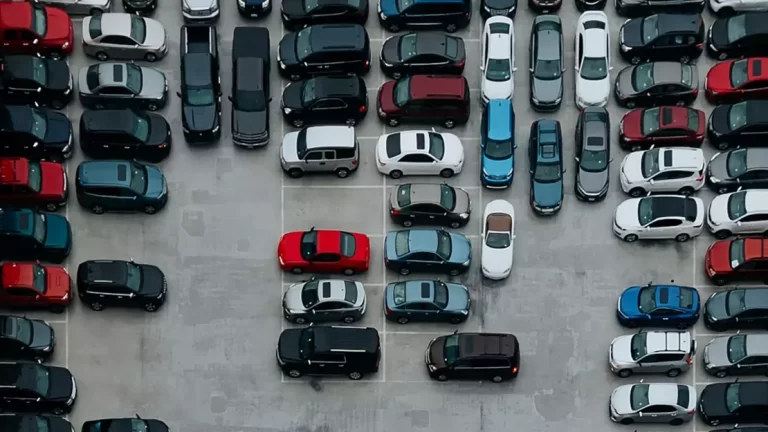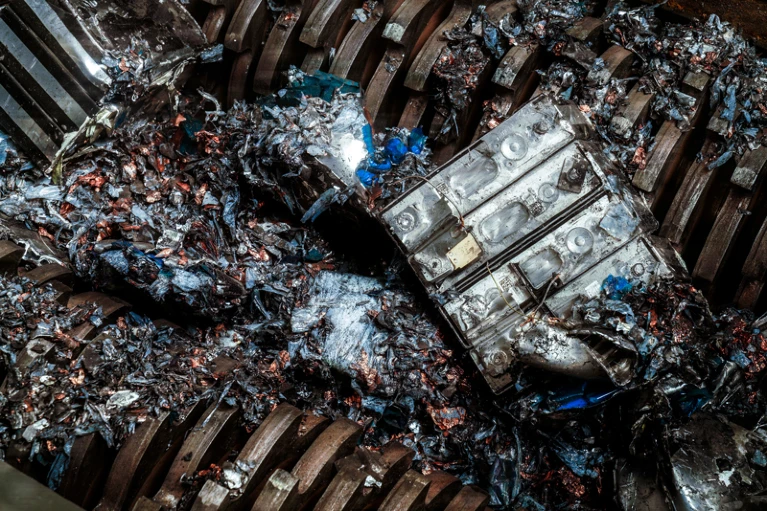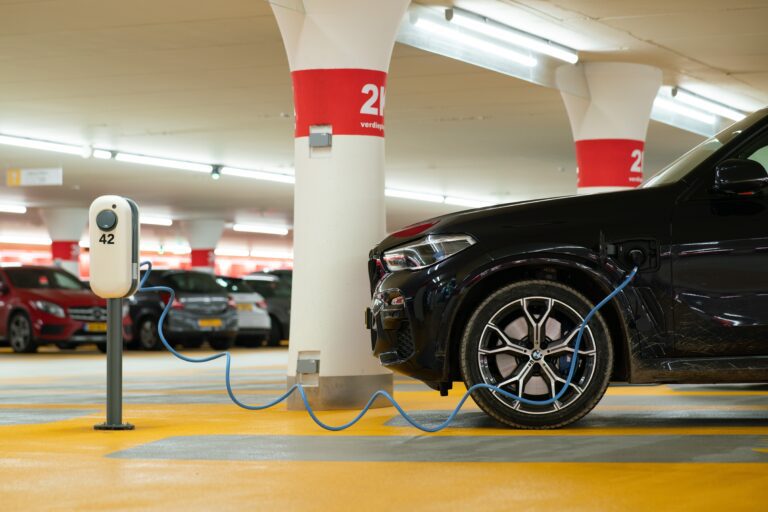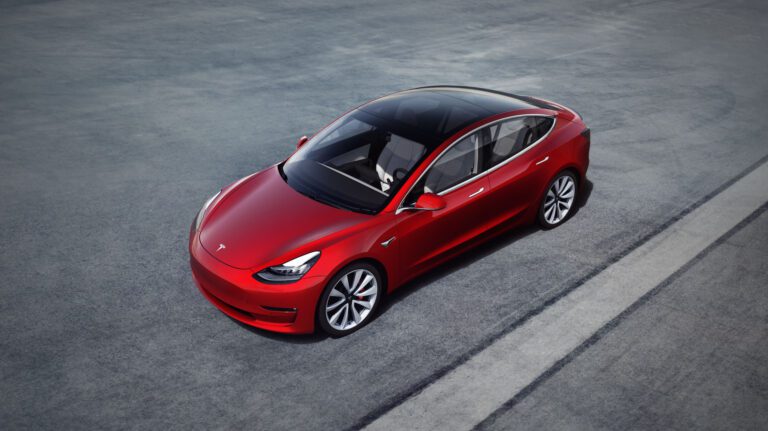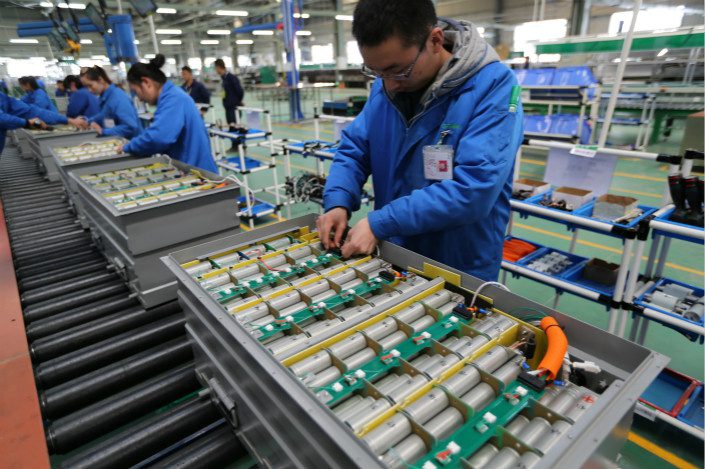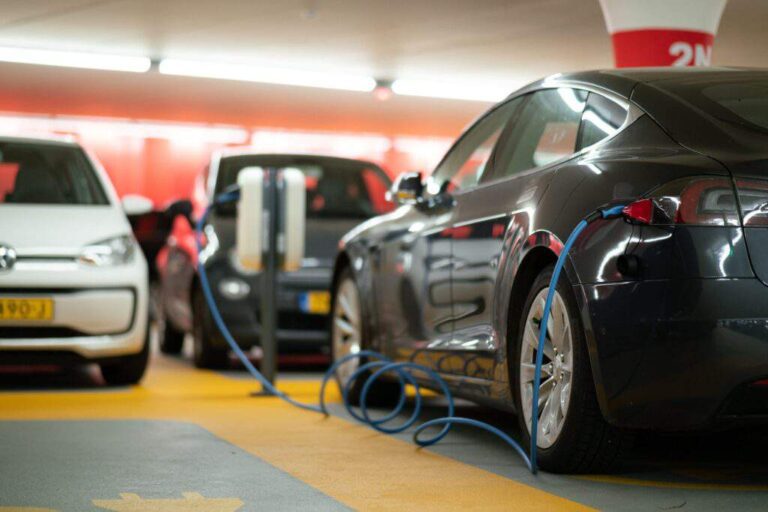Understanding the Real Thresholds for EV Battery Performance and End-of-Life Decisions
EV battery health scores are rapidly becoming a standard feature in the electric vehicle (EV) marketplace. Whether you’re buying a used EV, trading in a fleet, or looking to optimise remarketing strategies, a number out of 100 seems like a convenient shorthand for the health of a complex and costly component: the battery.
But there’s a problem. This score, often presented as a percentage or a number out of 100, can create a misleading impression. Many assume a score above 50 means a battery is in decent condition. In reality, that threshold is far too low.
The 80% Threshold: Where End of Life Begins
A consistent message from the academic literature is that EV batteries are typically considered to be at their End of Life (EoL) for traction purposes when their State of Health (SoH) falls to around 70-80%. This figure isn’t arbitrary—it’s based on how degradation impacts the battery’s range, reliability, and power output.
One study based on UK data predicts that the majority of EVs reaching retirement in the coming years will do so with Battery Health Scores above 75%. In other words, the vehicles are retired not because the battery fails, but for other reasons such as model replacement, lease cycles, or general wear and tear. However, even with 75% Battery Health Score, the vehicle’s battery is entering a phase where its performance may no longer meet user expectations or application demands.
Rethinking the EV Battery Health Score: What the Numbers Should Mean
It’s time to recalibrate how we interpret these scores. Here’s a better way to think about EV battery health scores out of 100:
Score |
Approx. SoH |
Condition |
Implication |
|---|---|---|---|
|
90-100 |
90-100% |
Excellent |
Full range and performance expected. Premium resale. |
|
85-89 |
85-89% |
Good |
Minor degradation. No major range anxiety. |
|
70-84 |
70-84% |
Fair |
Noticeable degradation. Suitable for limited use. |
|
<70 |
<70% |
Poor |
End of useful life for driving. Second-life or recycle. |
This framework moves us away from arbitrary scores and toward a science-backed view grounded in performance, economics, and longevity.
What an EV Battery Health Score of 85% Feels Like for Drivers
For an EV driver, understanding what a given Battery Health Score or State of Health (SoH) means in day-to-day terms is key to making informed decisions.
- At 100% SoH: A car that originally promised 400 km of range will still deliver close to that. Acceleration, regenerative braking, and charging speed all perform to spec.
- At 90% SoH: You may notice a slight drop in range (around 360 km instead of 400 km), but performance and charging behavior remain largely unaffected.
- At 85% SoH: Expect to lose around 15% of your original range. For a vehicle that started with 400 km, you’re now realistically looking at 340 km on a full charge. This might not impact daily city commutes, but longer trips will require more frequent planning and possibly one additional charging stop.
- At 75% SoH: Now the drop becomes more significant. You’re down to around 300 km. Fast charging sessions may take longer, and depending on temperature or load, range anxiety becomes more common—especially for drivers used to maximising a vehicle’s full range.
- Below 70% SoH: Range dips below 280 km. The battery may struggle in cold conditions or under heavy loads, and resale value diminishes sharply. At this point, second-life or recycling use becomes more economically sensible than keeping the vehicle on the road. Consider referring to alternative fleet battery degradation tools or peer-reviewed EV degradation datasets.
Understanding these transitions helps contextualise what a battery score really means beyond the numbers.
The Market Disconnect
The problem isn’t just that the thresholds are misunderstood—it’s that market participants are acting on this misunderstanding.
- Buyers often interpret a score of 80/100 as “very good”, when in fact it’s a cautionary sign.
- Dealers may reassure customers with statements like “all our batteries are above 80%”, without appreciating that this is near EoL from a functional perspective.
- Fleets and leasing companies may delay asset rotation, assuming anything above 70% is acceptable, while performance (and resale value) quietly erodes.
This disconnect matters. EVs are long-life assets, and battery degradation is gradual but irreversible. Misinterpreting the state of the battery can inflate residual value estimates, mislead buyers, and complicate fleet planning.
The Case for State of Function
Rather than just looking at the State of Health, some researchers and commercial players are beginning to explore State of Function (SoF). While SoH measures degradation from the original spec, SoF evaluates whether the battery still fulfills the intended purpose.
A battery at 75% SoH might be perfectly adequate for a city commuter car doing 40 km per day. But that same battery in a taxi or a delivery van doing 200 km daily could be nearing failure from a functional perspective.
SoF puts battery performance in the context of use-case suitability—a more customer-centric way to frame condition.
What This Means for Second-Life Applications
Interestingly, the 70–80% SoH threshold has long been a baseline for assessing suitability for second-life applications such as stationary storage. But this too is being revisited.
Recent data shows that many retired EV batteries—especially those from newer models with higher capacity (40 kWh+)—will enter the second-life market with SoH well above 85%, making them highly viable for reuse. Batteries below 60% SoH, by contrast, represent less than 1% of retirements and are often routed directly to recycling.
This reinforces the idea that a simple score out of 100 does little justice to the spectrum of value and utility an EV battery can offer across its lifecycle.
Conclusion: From Simplification to Clarity
EV battery health scores out of 100 are not inherently flawed—they’re just incomplete. They need context, grounded in the technical and economic realities of EV ownership and battery degradation.
For dealers and fleets, this means aligning remarketing, valuation, and lifecycle strategies with science-based thresholds. For buyers, it means asking better questions: What does this score actually represent? How much range is lost? Is this battery fit for how I drive?
At BatteryCycle, we’re building a scoring model that reflects this nuance—by grounding every number in both science and use-case relevance.
Because 80% might not be “very good”. It might mean time to retire.





